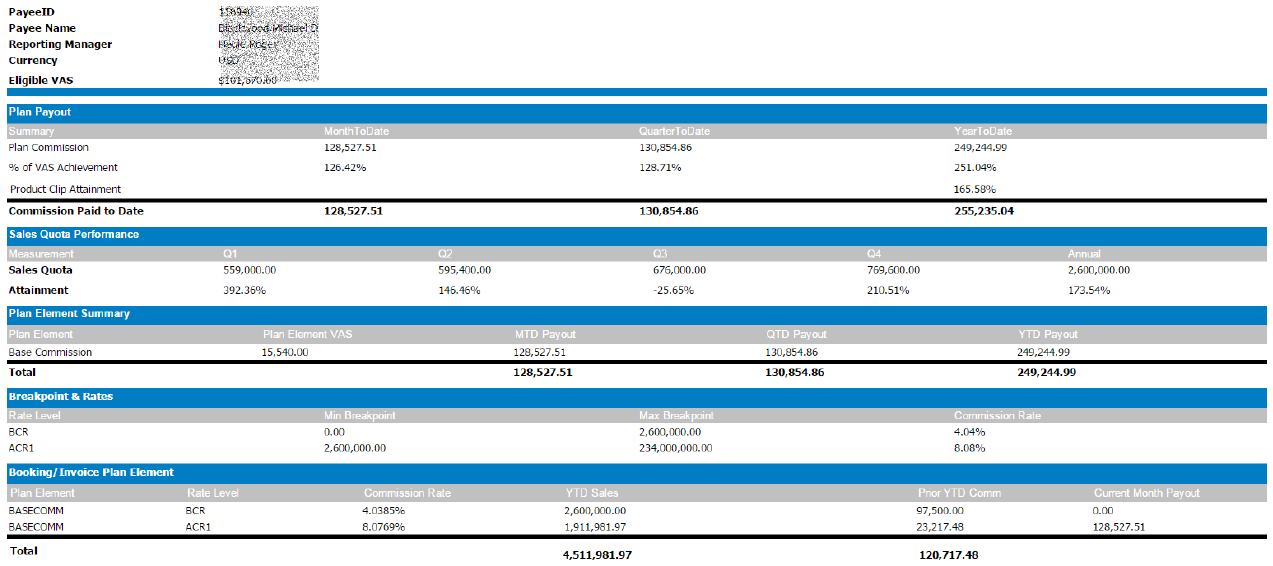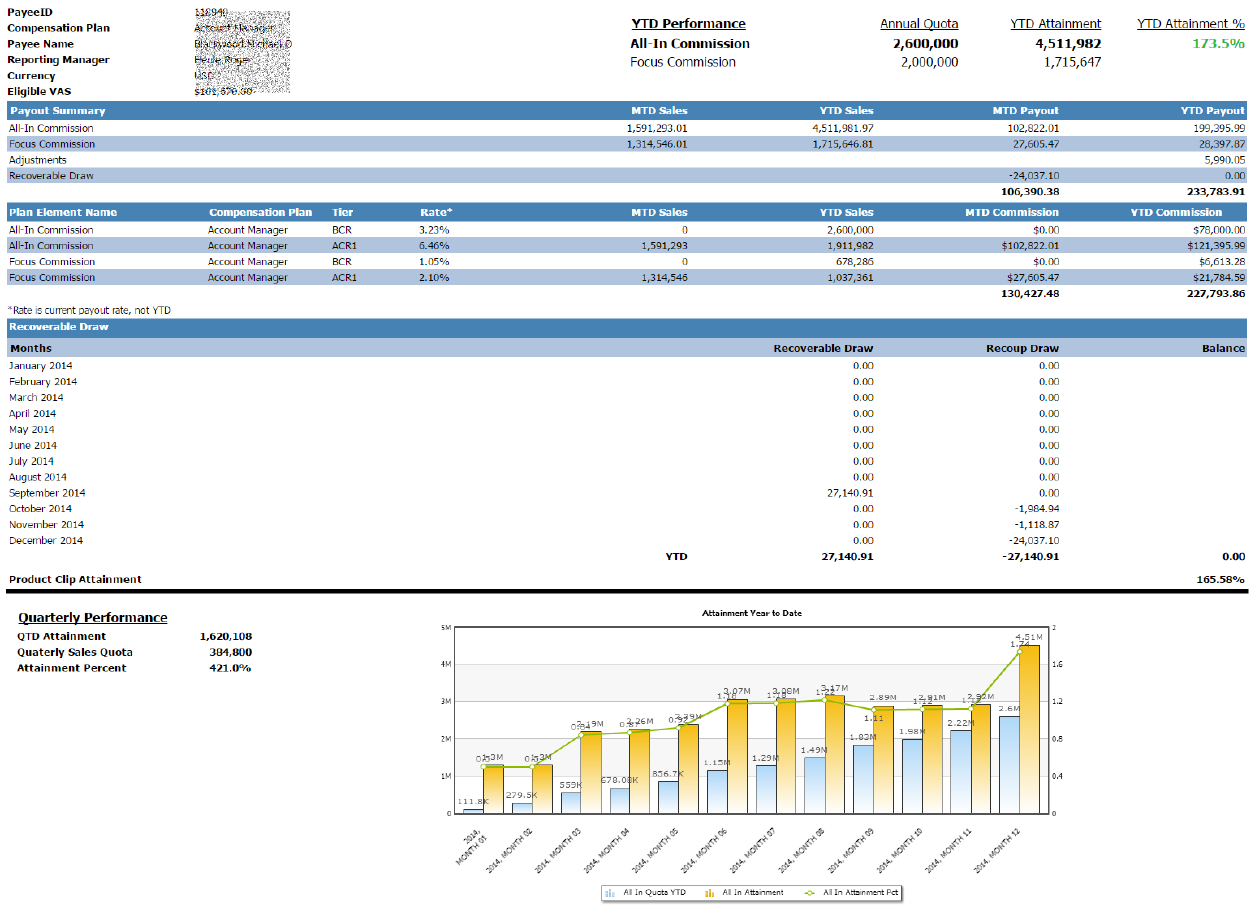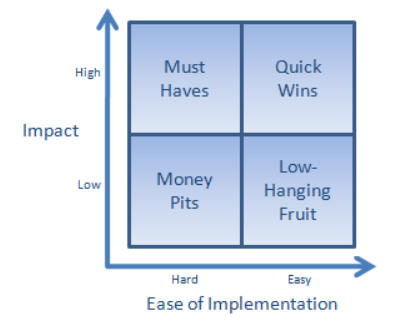3 Ways to Focus Your ICM Reporting: The SPM Journey Part 1
Are your reports an asset or a liability? It’s an important question, but it’s one that many compensation administrators typically see as secondary as they put on and take off the many hats they wear on a daily basis. It’s time we started reevaluating that assumption. Of course, the number one priority with incentive compensation management (ICM) is paying commissions correctly and on time, but a strong reporting strategy tied to that process can make a huge difference in terms of building employee trust and increasing productivity.
A good example of how reporting can positively impact your ICM processes is the compensation and detail statement. When executed well, this kind of report acts like a receipt you’d get at a retail store. Just like receipts allow customers to verify that their transactions were completed correctly, understand the details of their purchase, and move through the buying process with reduced friction, compensation statements provide feedback to salespeople on what deals have completed and give them immediate, tangible feedback that makes the results of their efforts transparent.
Clearly, managing the distribution of requests across an organization can get complicated when administrators are receiving priorities from several stakeholders daily. Having clearly defined standard reports like compensation statements available can help alleviate this pressure. Intrinsically, we as humans get satisfaction out of solving problems for ourselves. This principle also applies to business questions. If you can apply an 80/20 rule to your ICM activities – providing quality reports that answer 80 percent of the questions that come up and focusing your attention on the 20 percent that require deeper expertise – you can implement a streamlined reporting ecosystem that supplements your ICM activities and helps you and your colleagues reach critical insights more quickly.
To start getting you to this point, we thought we’d ask another simple question: what can you do today? After all, we can go on and on talking about amazing visuals and great mobile solutions, but that’s irrelevant without a solid starting point. This article will provide you with 3 steps that can be taken immediately to improve ICM reporting outcomes right now. From there, we can evolve into specifics on sales performance management (SPM) reporting and dashboarding in future articles.
1. Build Trust with Accurate and Transparent Information
Variable compensation can be a sensitive subject, and payees need to trust that their payments are correct. As an administrator, you want them to get what they need and get back to selling. A starting point for establishing this trust is having everything necessary for salespeople to understand and possibly recalculated compensation ready for their use. Payout numbers in reports must match payroll in order for them to be considered trusted resources.
2. Consider the User Experience
When I look at a website or report, I want answers immediately. I don’t want to click submit on three or four different buttons and still be unsure. When crafting reports, we should all take a page from consumer and retail sites: you don’t want the shopping cart abandoned. Users of your reports need to feel like they can easily get to what they need. To see what I mean, take a look at this simple before and after example:
Before: 3-4 clicks to see results, alignment and formatting mismatches, no focus on relevant results.
After: Most current results immediately called out upon login, clean alignment and formatting, KPIs at the top and relevant payout information below.
3. Perform an Assessment
So how do you know what trusted facts users need to know or what they consider usable? Solicit feedback from your users. Ask yourself and other stakeholders questions and listen carefully to the feedback you get. This will be invaluable as you design reporting solutions. Here are some examples of the kinds of questions you can ask:
- Is the information you’re getting accurate, too much, confusing, or stale?
- Is it clear what actions you need to take based off the information you’re getting?
- How do you think the data you want to have access to could best be represented visually?
After you interview the different individuals at your organization, you can make short and long term plans to take action. You can measure the various pieces of your plan in terms of two axes: impact to stakeholders and ease of implementation.
Conclusion
When building a compensation model, an organization must consider many needs. Some may be competing while others are complementary. Reports can transform your SPM strategy in many ways, but the first step is to report compensation that matches payroll. Good reporting should complement accurate and efficient compensation calculations. Although calculating variable compensation correctly and sending the results to payroll in a timely fashion is your top priority, giving at least a little attention to reporting up front will pay dividends over time.
If you’d like to learn more about how you can get to a focused ICM reporting strategy, please feel free to reach out. We’d be happy to put you on the road to a successful SPM infrastructure, as we’ve done for many satisfied clients in the past. Stay tuned for the next article in the series, where we’ll discuss SPM reporting, the next step in the process.
Be sure to check out the other articles in this SPM series:
- Crafting an Individual Performance Report: The SPM Journey Part 2
- 5 Compelling SPM Dashboard Creation Tips: SPM Journey Part 3








